Hi there, pet lovers! 🦋
For nature lovers and pet enthusiasts seeking a unique, educational, and environmentally impactful pet, the Monarch Butterfly (Danaus plexippus) is a captivating choice. Known for their striking orange-and-black wings and incredible migratory journey, these butterflies offer a short but deeply rewarding pet-keeping experience.
Unlike traditional pets, Monarchs are temporary companions—their life cycle from egg to adult spans just a few weeks. However, raising them provides invaluable lessons in ecology, conservation, and the delicate balance of nature. This review covers everything you need to know about keeping Monarch Butterflies, from their care requirements to their role in supporting biodiversity.
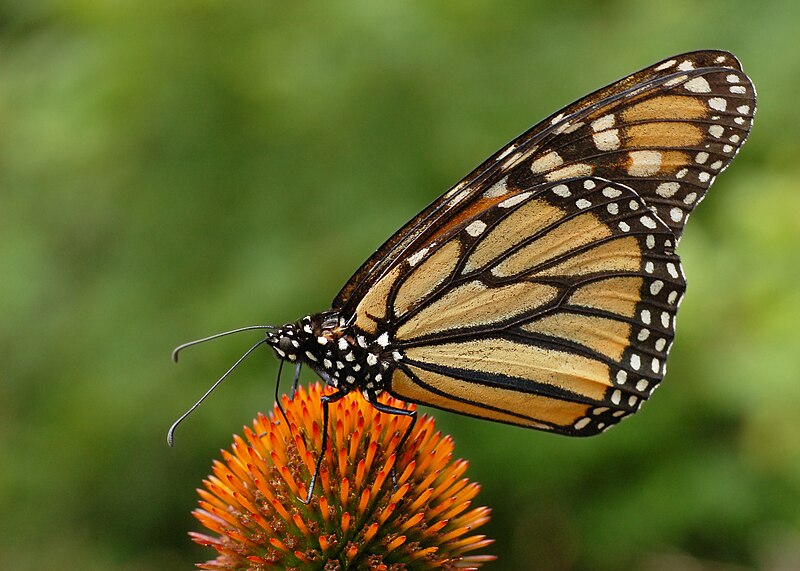
Overview
Monarch Butterflies are iconic pollinators native to North America, famous for their long migrations and vital role in ecosystems. Here’s a quick summary of what makes them special:
- Handling and Temperament: Delicate and not for handling, but fascinating to observe.
- Care and Maintenance: Moderate effort—requires fresh milkweed, clean enclosures, and humidity control.
- Health and Durability: Vulnerable to parasites and disease; proper hygiene is critical.
- Availability: Eggs and caterpillars can be wild-caught (ethically) or purchased from breeders.
- Cost: Inexpensive to start, but requires ongoing milkweed supply.
- Overall: A short-term, educational pet that supports conservation efforts.
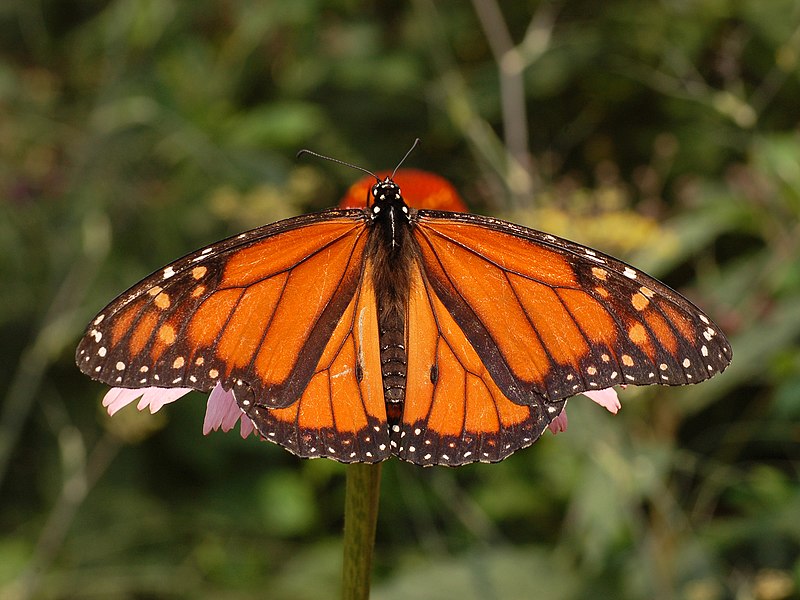
Why Choose a Monarch Butterfly?
Monarch Butterflies are ideal for those who want to:
- Contribute to conservation (their populations are declining due to habitat loss).
- Teach children about metamorphosis and life cycles.
- Enjoy a low-maintenance pet with a big ecological impact.
Unlike dogs or reptiles, Monarchs don’t require daily interaction, but they do need a steady supply of milkweed and a safe space to complete their life cycle.
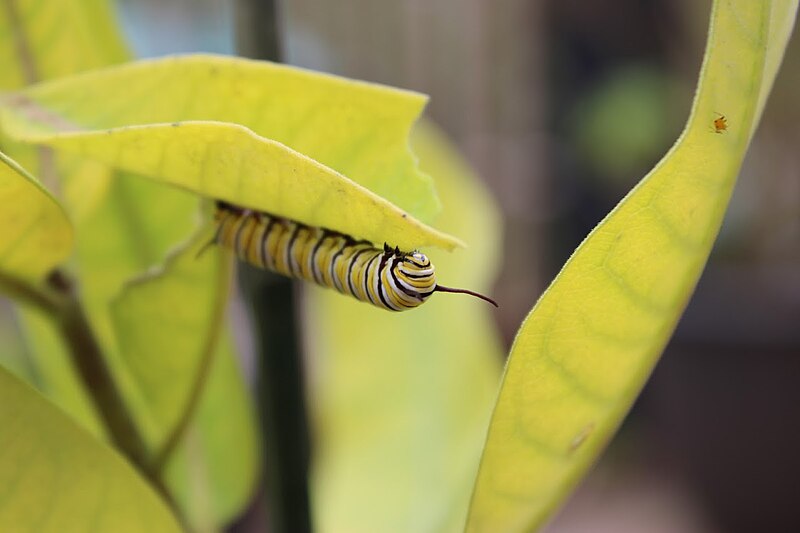
Handling and Temperament
Monarch Butterflies are not pets to be held or cuddled. Their wings are fragile, and oils from human skin can damage them. However, observing their behavior is incredibly rewarding.
Personality and Behavior
- Caterpillars are active eaters, constantly munching on milkweed.
- Chrysalis Stage is a quiet but mesmerizing transformation.
- Adult Butterflies are most active in warm, sunny conditions, fluttering and feeding on nectar.
Interaction Tips
- Never handle adults unless necessary (e.g., guiding them to safety).
- Minimize stress—avoid loud noises or sudden movements near their enclosure.
- Release them after emergence (unless they’re part of a breeding program).
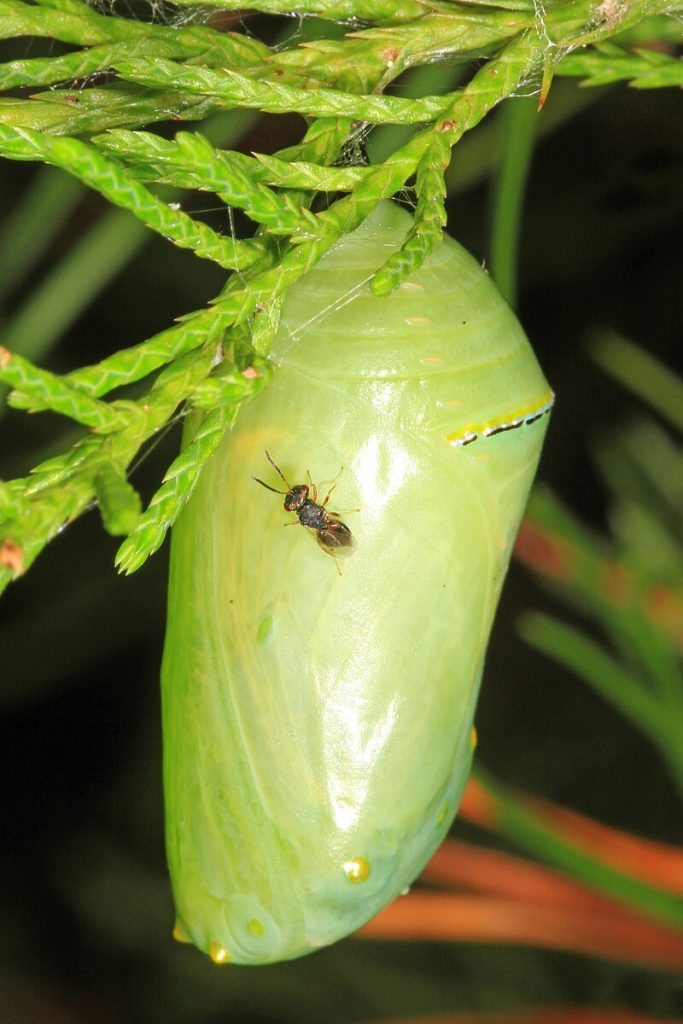
Care and Maintenance
Raising Monarchs involves three key stages: eggs/caterpillars, chrysalis, and adults. Each has specific care needs.
Enclosure Setup
- Eggs & Caterpillars:
- Small, ventilated containers (e.g., plastic critter keepers).
- Fresh milkweed leaves daily (avoid pesticides!).
- Paper towel lining for easy cleaning.
- Chrysalis:
- Secure hanging space (branches or mesh lids).
- High humidity (60-80%) to prevent drying out.
- Adults:
- Large mesh or screen enclosure (or release into a garden).
- Nectar sources (e.g., sugar water, flowers like zinnias or butterfly bushes).
Humidity and Temperature
- Ideal Temp: 70-85°F (cooler slows development).
- Mist lightly to maintain humidity but avoid mold.
Feeding
- Caterpillars: Only milkweed (no substitutes!).
- Adults: Sugar water (4:1 water-to-sugar ratio) or fresh flowers.
Lighting
- Natural indirect light is best. Avoid direct sunlight overheating enclosures.
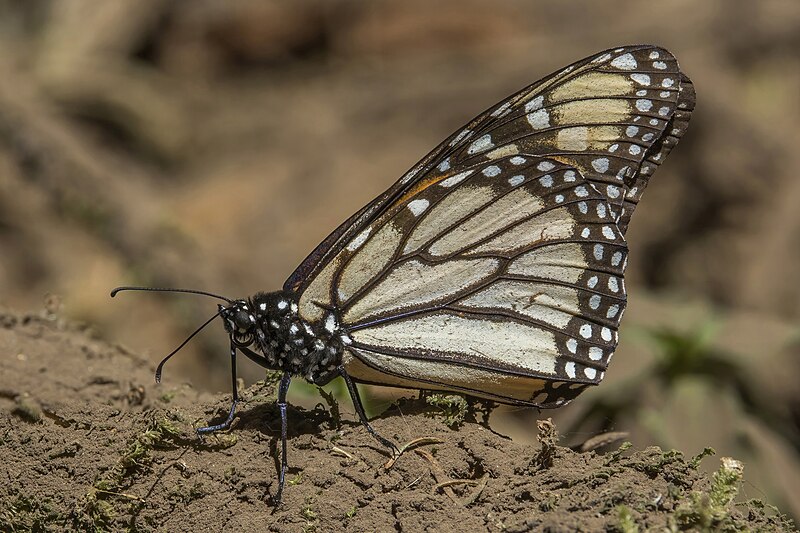
Health and Durability
Monarchs face several health risks, but proper care minimizes problems.
Common Health Issues
- OE Parasites (Ophryocystis elektroscirrha): A deadly protozoan; sterilize enclosures between batches.
- Dehydration: Keep milkweed fresh and mist lightly.
- Predators: Protect outdoors from wasps, ants, and birds.
Preventative Care
- Quarantine wild-caught caterpillars to avoid spreading disease.
- Clean enclosures daily (remove frass/poop and old leaves).
- Avoid overcrowding (stress increases disease risk).
Life Span
The Monarch’s life cycle spans about 4–5 weeks:
- Eggs hatch in 3–5 days.
- Caterpillar stage lasts 10–14 days.
- Chrysalis stage takes 8–12 days.
- Adult butterflies typically live 2–6 weeks — except for migratory generations, which can live up to 8 months.
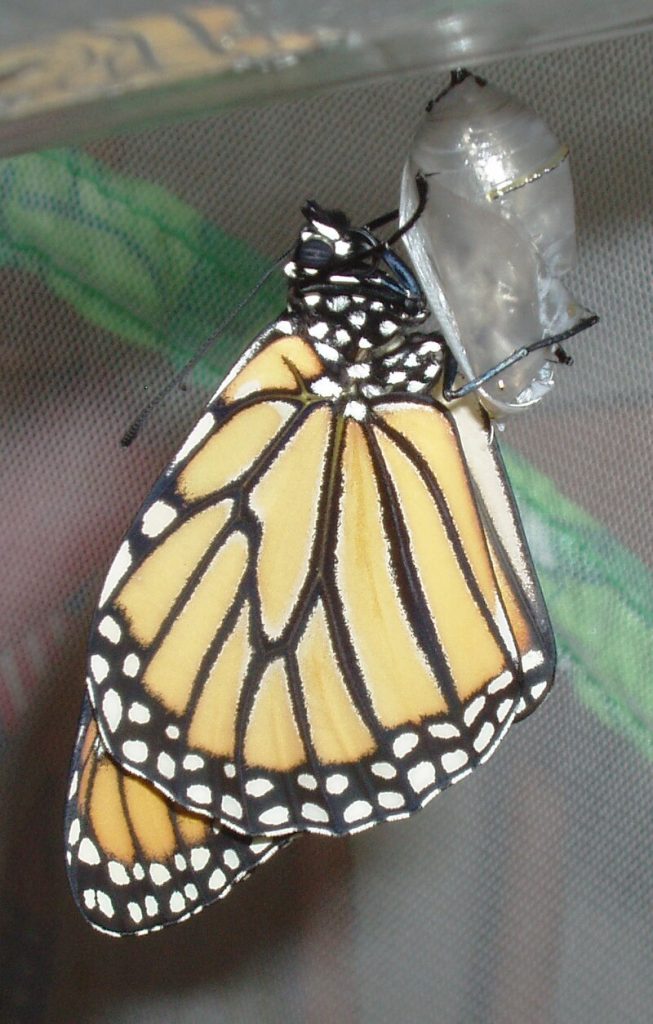
Availability and Cost
Where to Find Monarchs
- Wild Collection: Ethical harvesting of eggs/caterpillars from milkweed patches.
- Breeders: Reputable suppliers sell disease-free eggs.
- Butterfly Kits: All-inclusive setups for beginners.
Cost Breakdown
- Eggs/Caterpillars: Free (wild) or $1-$5 per egg from breeders.
- Enclosure: $10-$50 (small containers to mesh habitats).
- Milkweed: Free (foraged) or $5-$20 for potted plants.

Pros and Cons
Pros
✔ Educational – Perfect for teaching life cycles and ecology.
✔ Low Cost – No expensive food or vet bills.
✔ Conservation Impact – Helps declining Monarch populations.
✔ Short-Term Commitment – Ideal for seasonal projects.
Cons
✖ Fragile – Wings are easily damaged.
✖ Milkweed Dependency – Must be sourced pesticide-free.
✖ Parasite Risks – OE can wipe out entire batches.
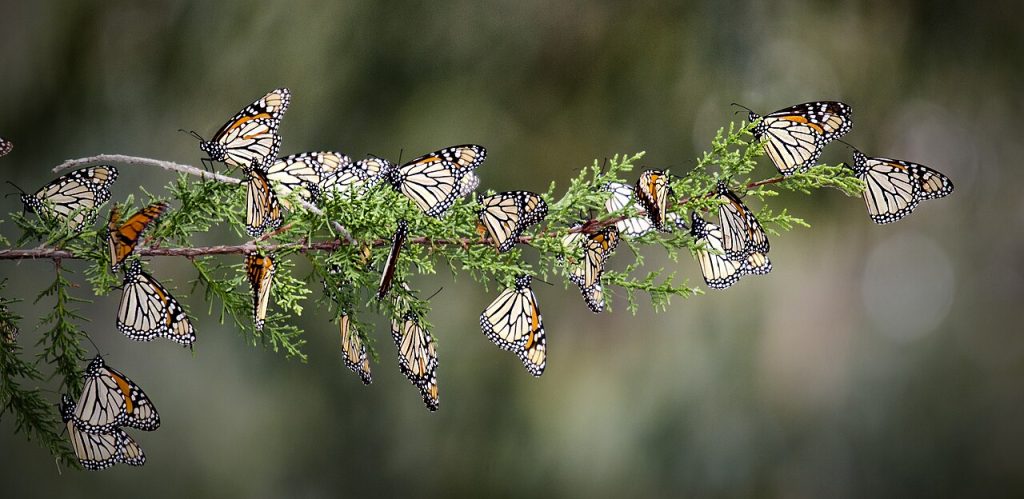
Final Thoughts
Monarch Butterflies are not traditional pets, but they offer an unmatched blend of beauty, science, and environmental stewardship. By raising them, we contribute to their survival while gaining a deeper appreciation for nature’s wonders.
For those willing to provide milkweed and a clean environment, the reward—watching a caterpillar transform into a vibrant butterfly—is unforgettable. Always prioritize ethical practices: avoid overharvesting, release healthy adults, and plant native milkweed to support wild populations.
For more insect-keeping guides and conservation tips, stay tuned to our blog! 🦋

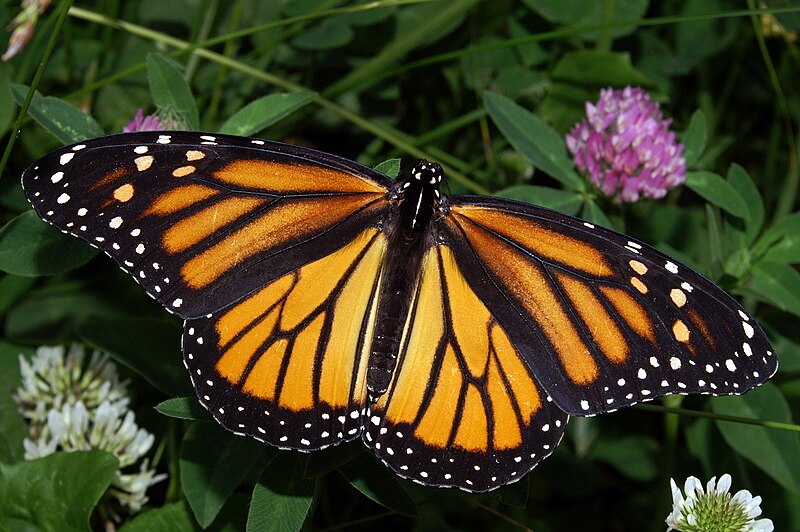

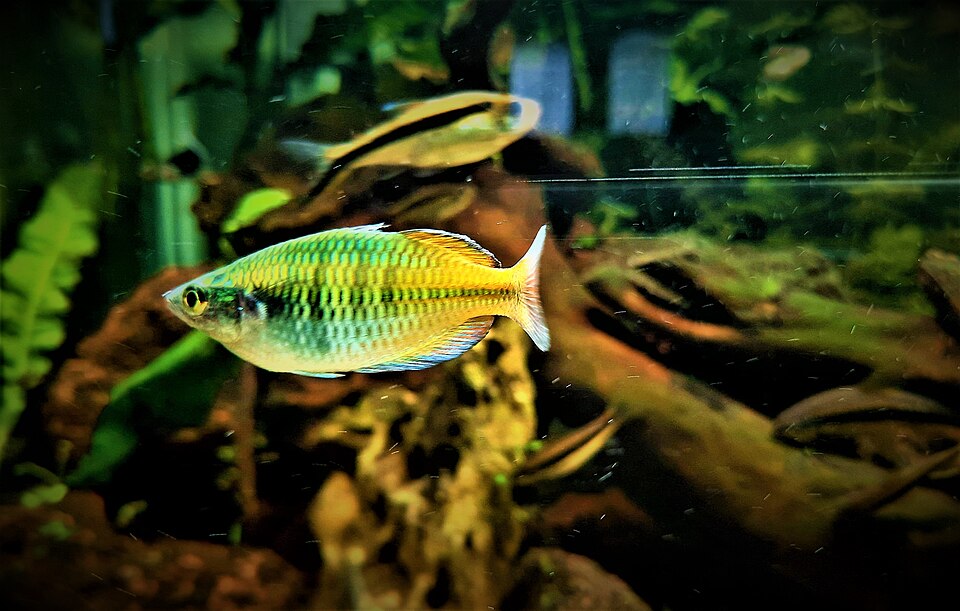
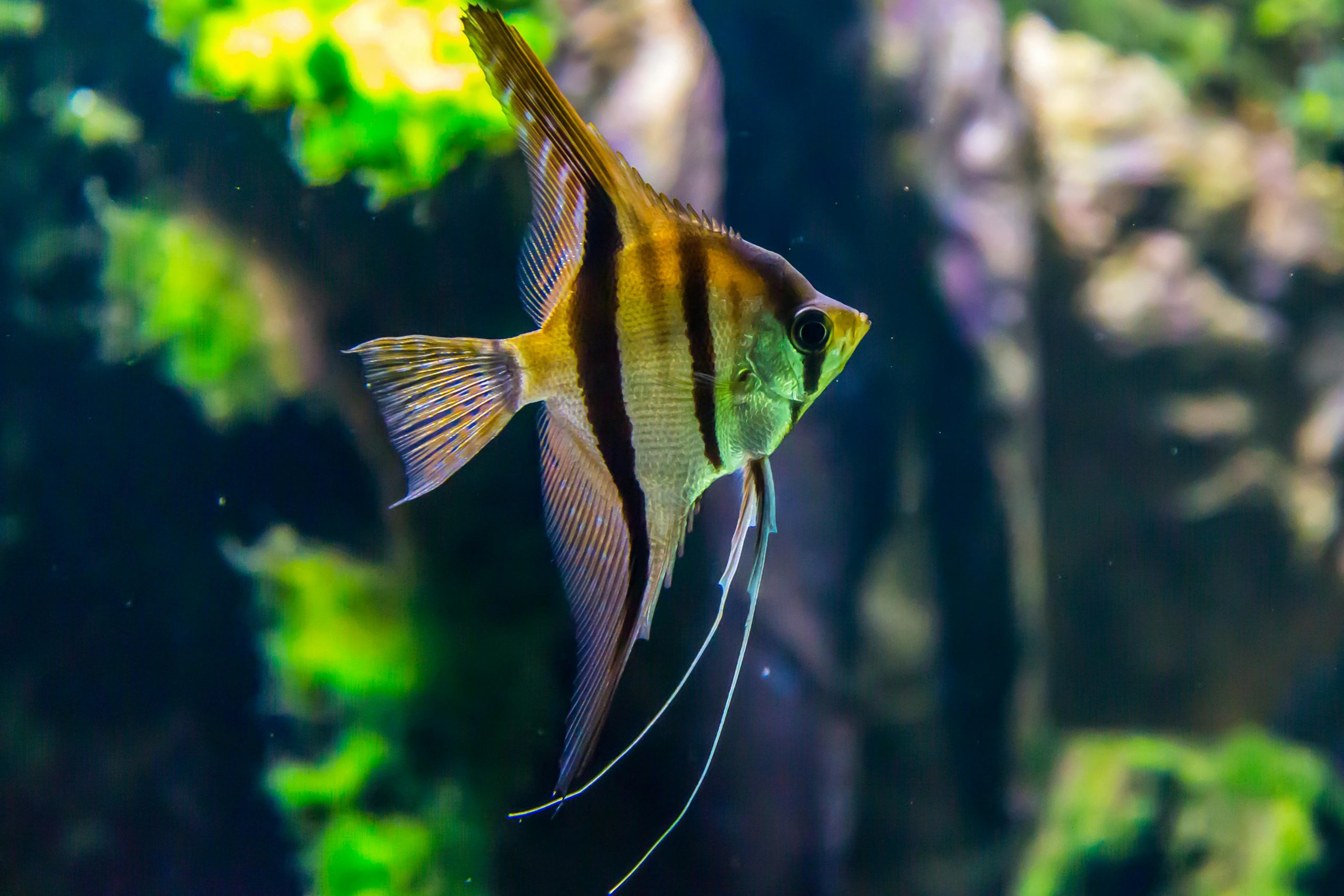
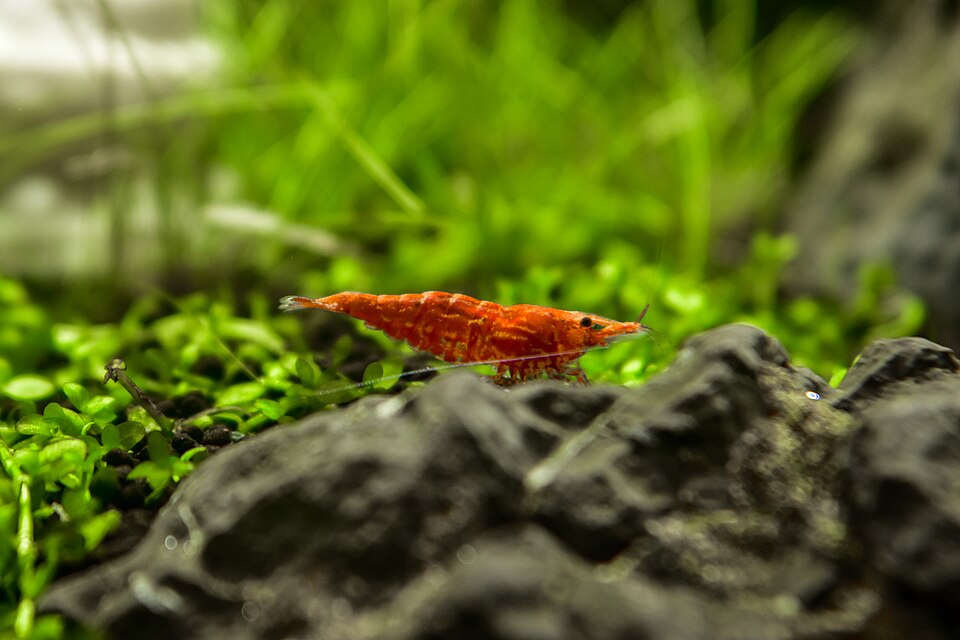

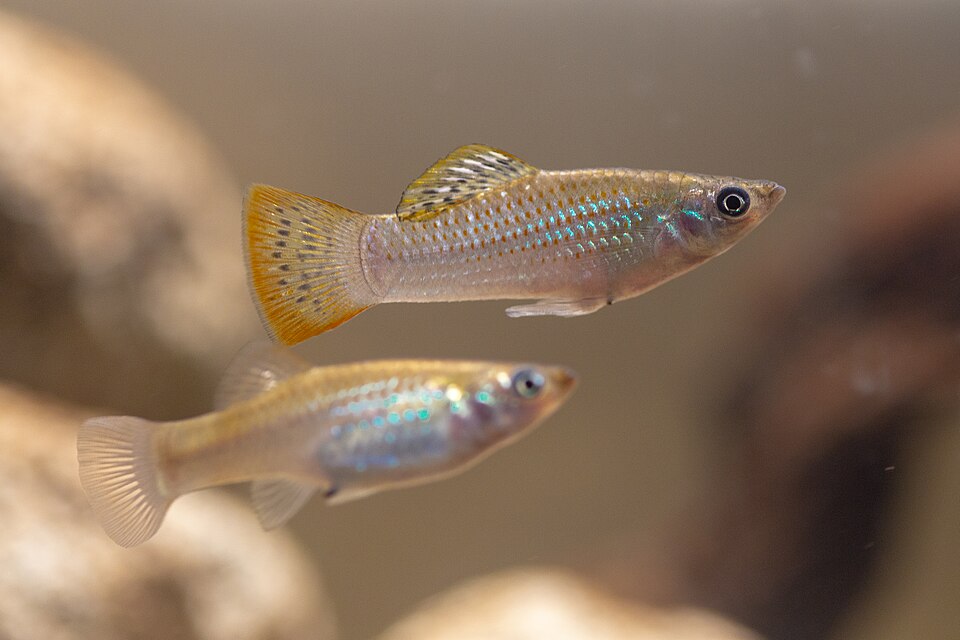
Leave a Reply